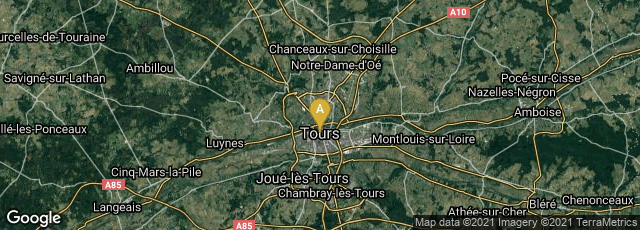In the second edition of his
Traité de typographie published in 1854 by Mame et Cie, Imprimeurs-Libraires, of Tours, printer
Henri Fournier prefaced his work with recognition that during the prior thirty years since the first edition of the work (1824) major changes had occurred in certain parts of book production, including advances in papermaking, in printing machines, in the reproduction of illustrations. He also indicated in a footnote that he was the director of typography and printing at Mame et Cie in Tours, which he characterized as the largest establishment of printing, bookselling and bookbinding in the "entire world."
In his section on Printing (
tirage) Chapter 4, On the Printing Machine (
presse mécanique) beginning on p. 303. He indicated first off that the spread of printing machines was rapid and that in the large printing establishments printing machines had nearly completely replaced hand presses. Fournier devoted pp. 303-315 to printing machines. His detailed discussion may be the first discussion of printing machines and their operation published in a French book on typography.
On p. 381 Fournier included his Appendix a brief critical discussion of composing machines indicating their lack of success. He mentioned that the Young & Delcambre machine obtained a medal in the exposition of 1844, and that it functioned for some time in the printing establishments of Paris but that they had been forced to abandon it. He also referenced a "composeuse de M. Gobert" which had recently been introduced, but which he thought was still in the experimental stage.
Even though the book was unillustrated, Fournier's book became a standard manual for the French printing industry through the remainder of the 19th century. He received a silver medal for his book at the Exposition universelle of 1855 and at the same occasion was made chevalier of the Légion d'honneur.

